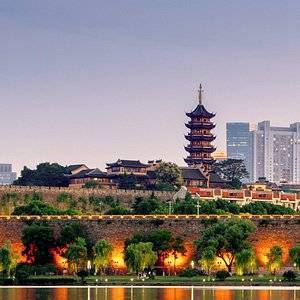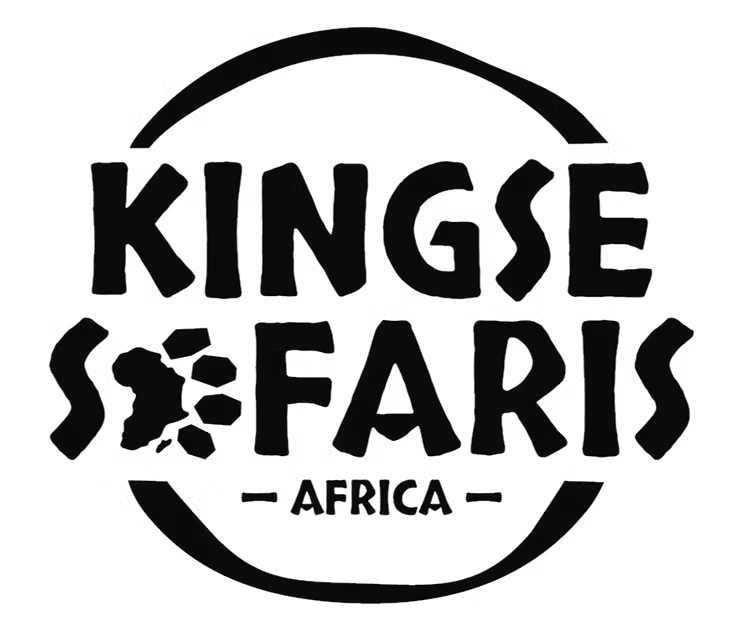Costs
How Much Does It Cost to Climb Kilimanjaro?
Understand the actual cost of your climb, beyond the price tag.
Climbing Mount Kilimanjaro is one of Africa’s most rewarding adventures, but before you go, it’s important to understand what shapes the cost. Factors like routes, trip length, park fees, food, crew support, and equipment all influence your overall climbing experience.
The Average Cost of Climbing Kilimanjaro
Most climbers spend somewhere between $2,000 and $6,000 for their trek. Budget climbs can dip below this range, but they often cut corners on safety, equipment, or staff treatment. Premium climbs can go above $6,000, offering luxury tents, gourmet meals, and extra services.
When evaluating cost, ask yourself:
- Does your tour operator provide fair wages and sound equipment for porters?
- Are safety standards and proper medical support included?
- Does the price reflect both value and ethical responsibility?
Special Mention: Kingse Safaris Africa ensures every Kilimanjaro climb is rooted in safety, quality, and fairness. Unlike budget operators that may compromise porter welfare or equipment standards, we guarantee fair wages, proper gear, nutritious meals, and safe conditions for our entire crew. Our guides uphold strict safety practices, with professional medical support and reliable equipment included in every trek. Choosing us means securing your summit success while supporting responsible and ethical mountain tourism in Tanzania.
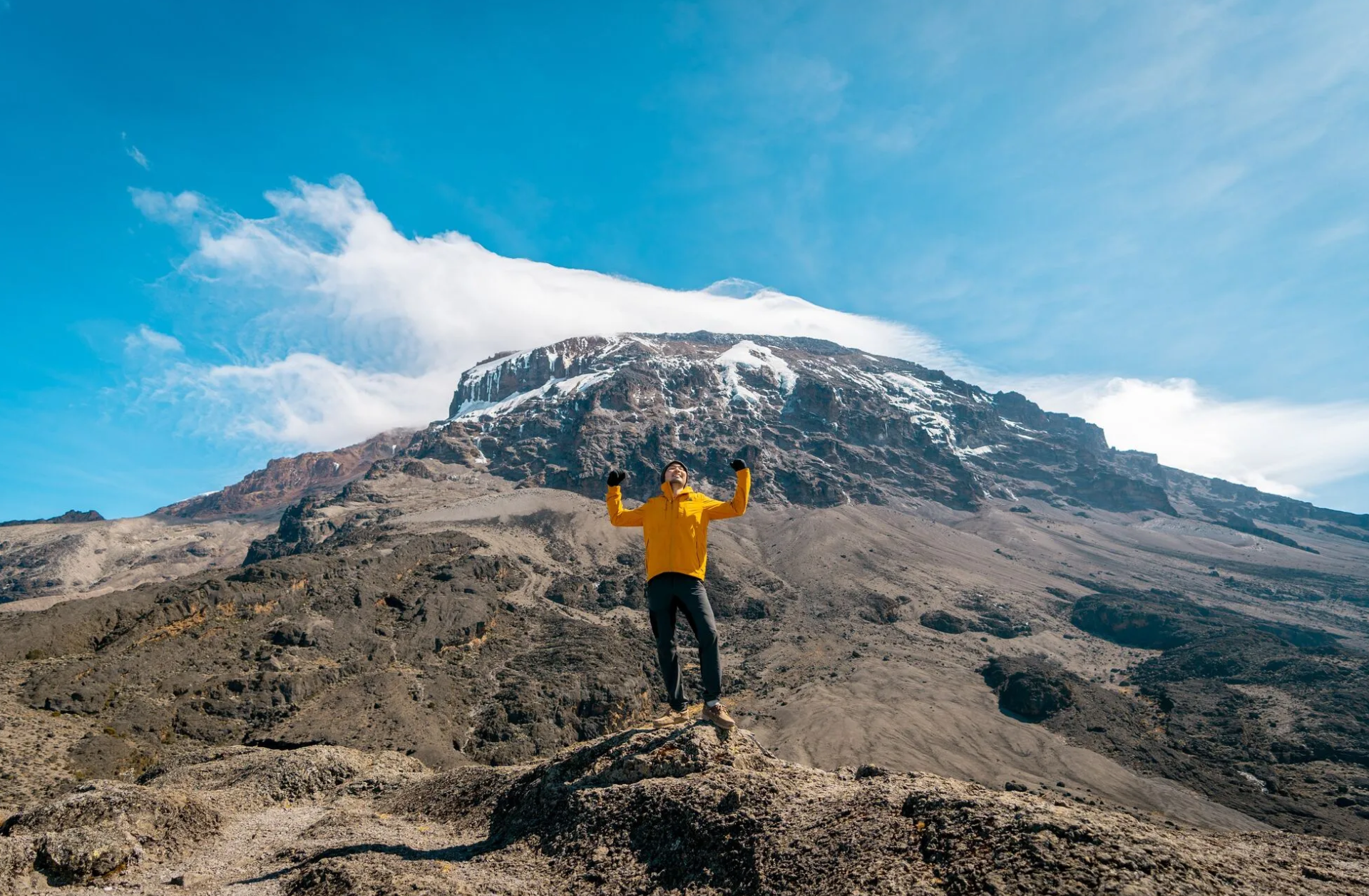
The Human Cost of Cheap Operators
Behind every successful summit is a hardworking team of guides, porters, and cooks. Sadly, many budget operators cut costs at the expense of these staff members. This means porters might not be paid fairly, provided with proper gear, or given nutritious food.
At responsible companies, porters and guides are treated with dignity—receiving fair wages, proper clothing, and comfortable sleeping conditions. Choosing the right operator ensures not only your safety but also that of the crew who support you every step of the way.
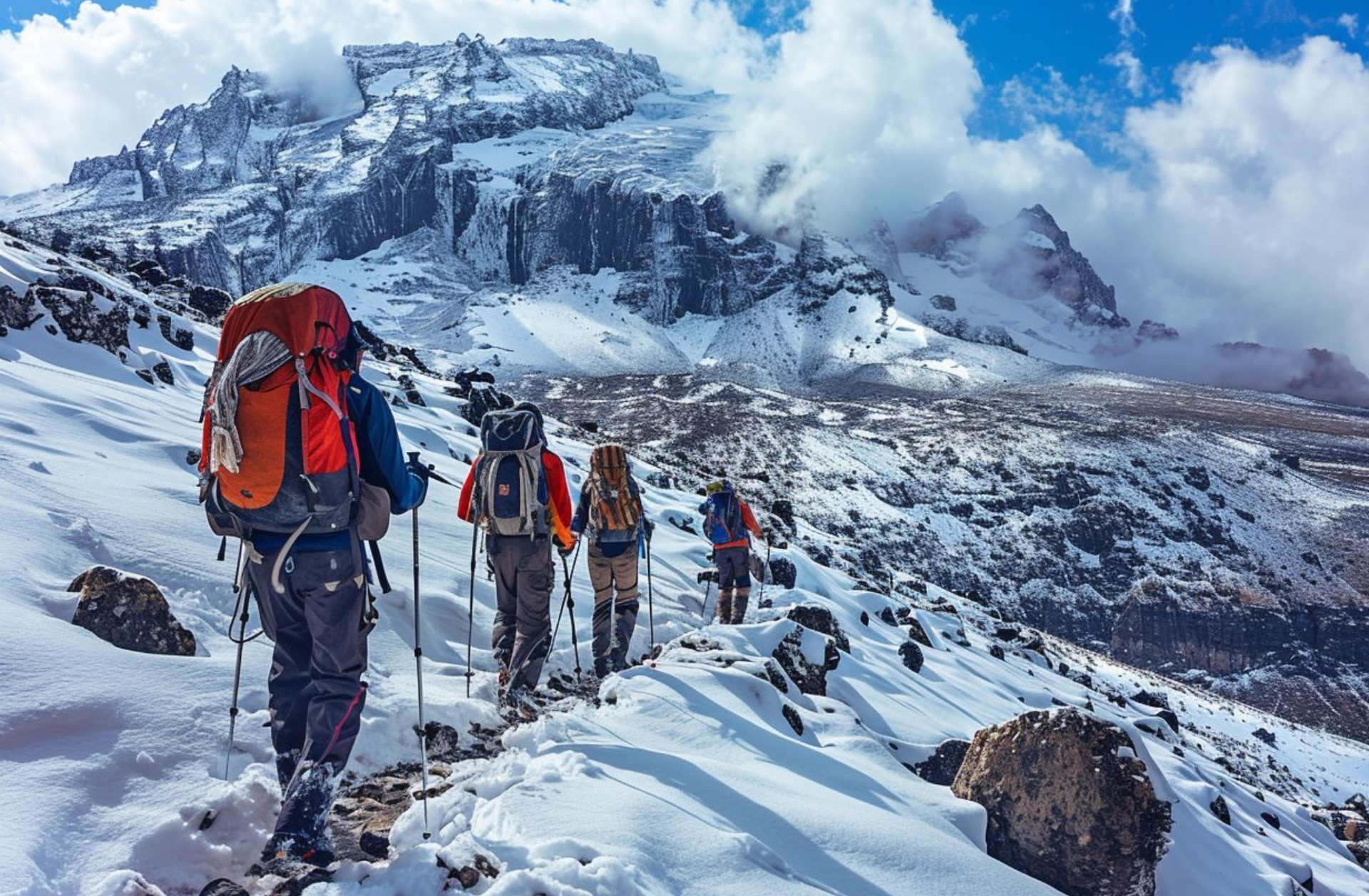
Safety and Wellbeing: Why Cutting Costs Isn’t Worth It
Kilimanjaro is not just any other hike. It’s a challenging high-altitude climb. That’s why safety and proper preparation are critical. At the very least, a reliable operator should provide:
- Trained, English-speaking guides with emergency experience
- High-quality, well-maintained equipment
- Daily health checks and proper acclimatization schedules
- Nutritious, balanced meals and safe drinking water
Compromising on these can turn your adventure into a dangerous gamble.
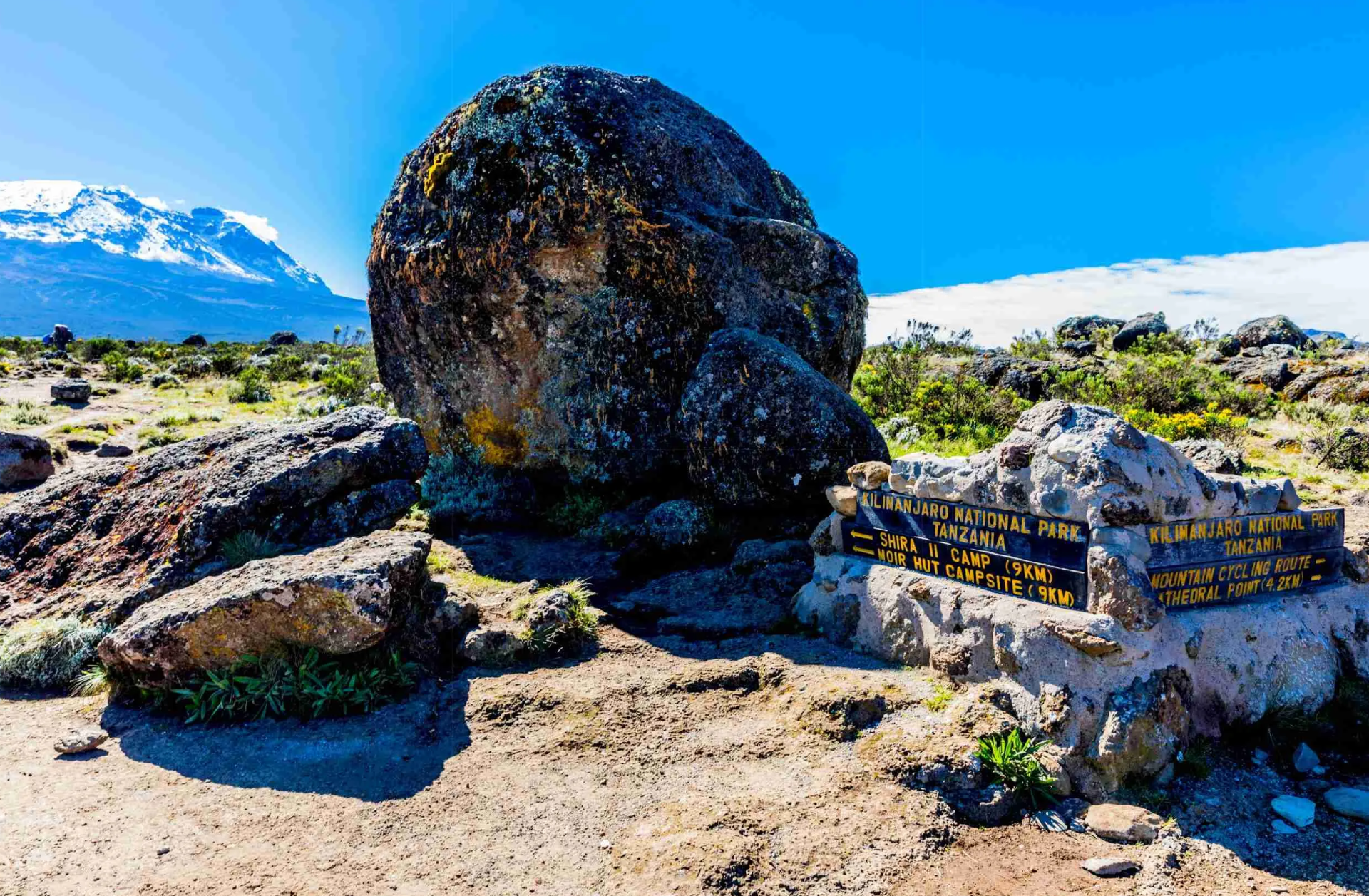
Breaking Down the Real Costs
Several fixed costs make up the bulk of any Kilimanjaro climb. Understanding them helps explain why climbs are priced as they are:
Kilimanjaro National Park Fees
Park fees are unavoidable and cover conservation, ranger services, and maintenance. For example:
- Conservation Fees: $70 per day
- Camping or Hut Fees: $50–60 per night
- Rescue Fees: $20 per person per trip
- Guide & Porter Entrance Fees: $2 per staff member per trip
- Taxes & VAT: 18% on services
On a 7-day Machame route, these alone add up to nearly $800–$1,000 per climber.
Staff Wages
Fair wages for guides and porters amount to about $80–$150 per climber per day, depending on group size. This ensures porters aren’t overloaded and that your team is motivated and well-equipped.
Food, Water, and Transport
Food costs about $10–20 per climber per day, covering meals for both climbers and staff. Transportation to the gate is also an expense, usually around $100 per trip. Quality operators invest in nutritious meals and trained mountain chefs, not cut corners.
Equipment
Climbing gear takes a beating on the mountain, so operators must replace it regularly. Expect:
- Four-season tents
- Dining tents with tables and chairs
- Private toilet tents (if offered)
- Proper trekking gear for staff
Good equipment is essential for comfort and summit success.
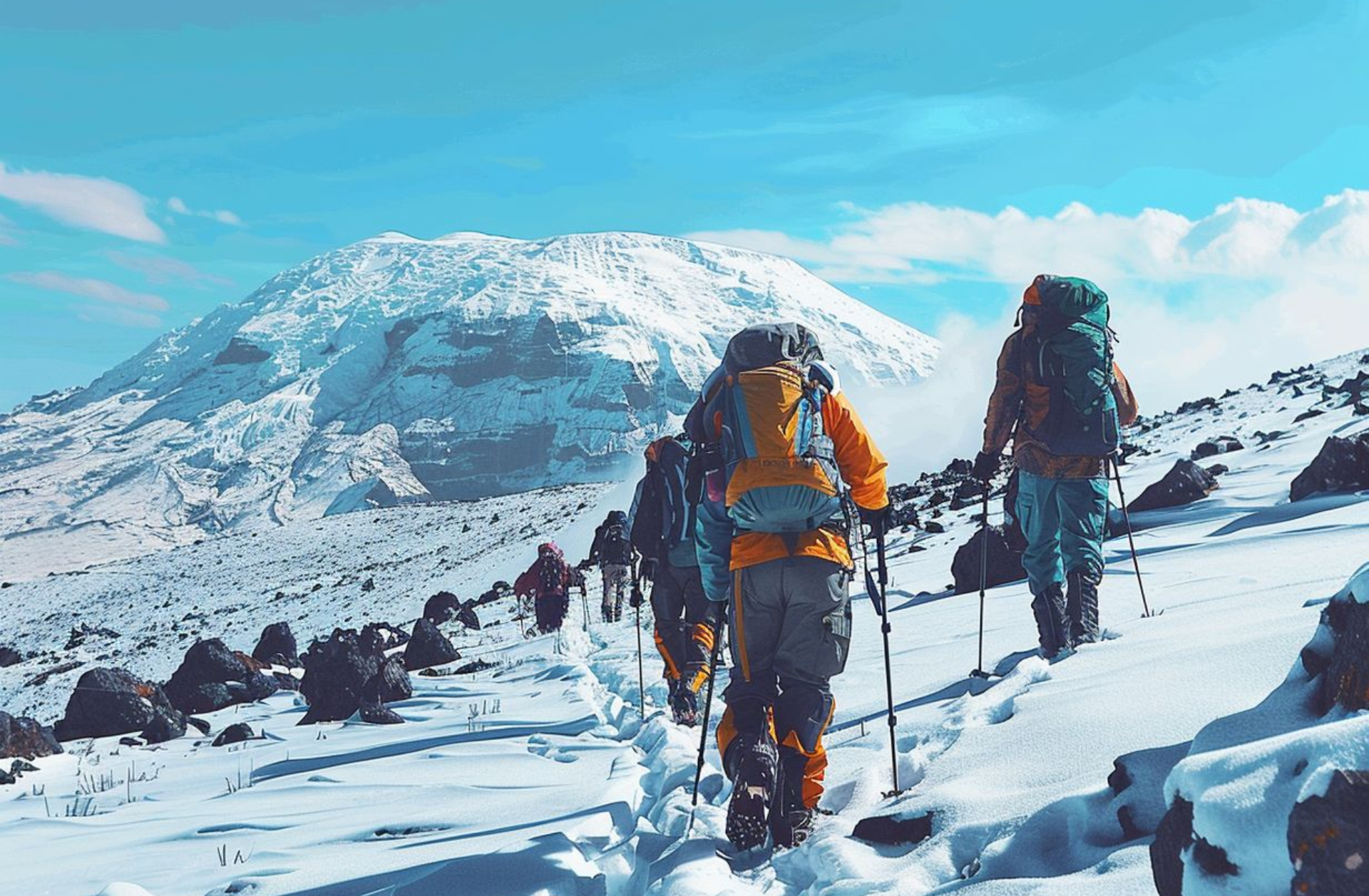
Route Choice and Its Impact on Cost
The route you choose has a significant impact on the total price. Shorter routes like Marangu (5–6 days) cost less, but they also have a lower summit success rate due to poor acclimatization. Longer routes like Lemosho (7–8 days) or Northern Circuit (9–10 days) are pricier but significantly increase your chances of reaching the summit safely.
Here’s a quick overview:
- Lemosho Route (7–8 days): Scenic and less crowded, high success rate.
- Machame Route (6–8 days): Very popular, scenic, and good acclimatization.
- Marangu Route (5–6 days): The only hut-based route, with a lower success rate.
- Rongai Route (6–7 days): Approaches from the north, promising in rainy season.
- Northern Circuit (9–10 days): Longest and most gradual, with a very high success rate.
- Umbwe Route (5–6 days): Shortest, steepest, and most challenging—only for experienced climbers.
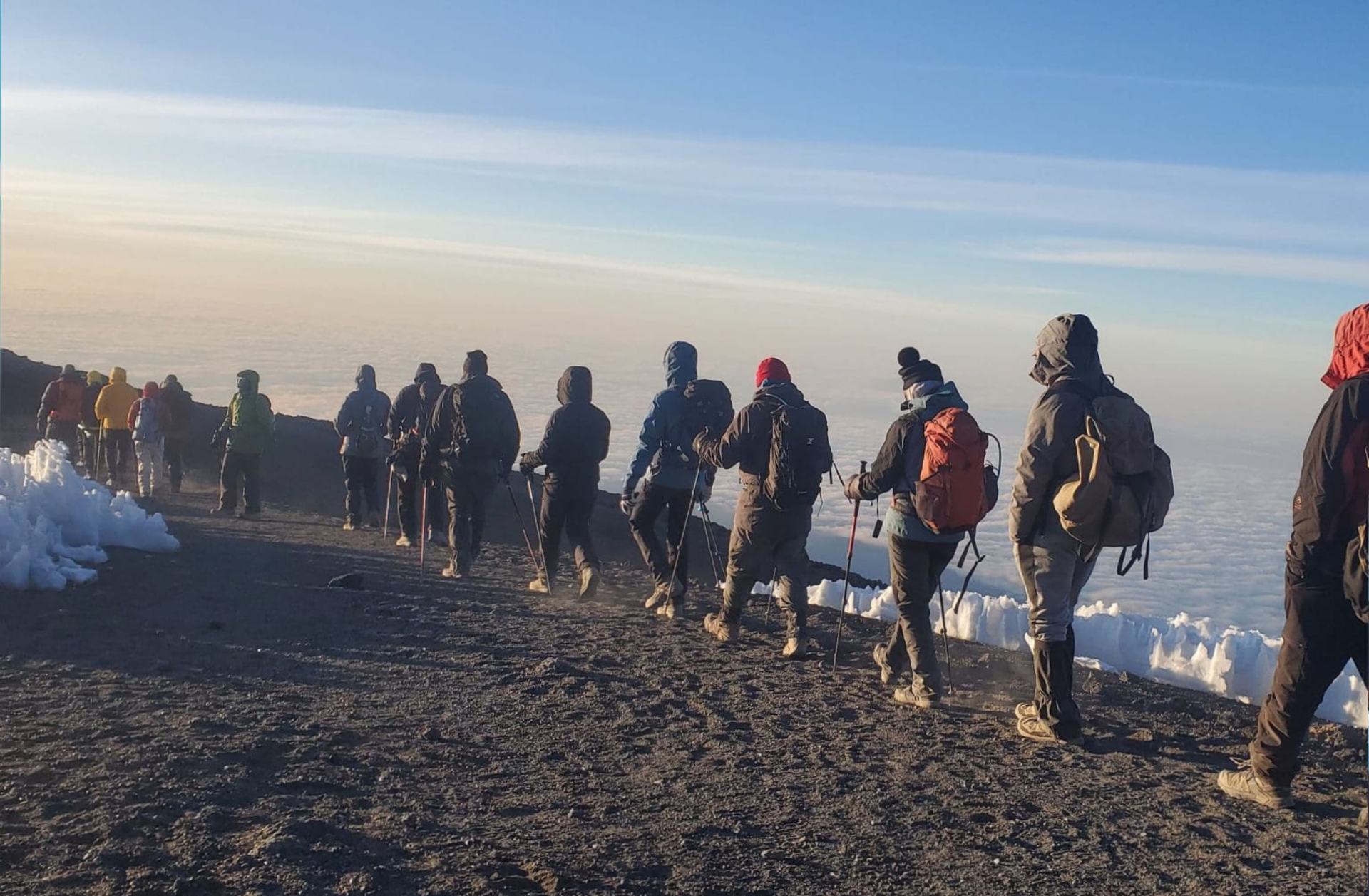
Other Costs to Budget For
Your climb cost isn’t just what you pay the operator. Be prepared for additional expenses like:
- Gear: Budget $500–800 if you need to buy or rent equipment.
- Flights: Prices vary depending on where you’re flying from.
- Visa Fees: Usually $50–100 depending on nationality.
- Medical Prep: Vaccinations, malaria tablets, and checkups add up.
- Travel Insurance: Must cover trekking up to 6,000m and emergency evacuation.
- Tips for Crew: Standard tipping is $250–300 per climber, split among guides and porters.
- Incidentals: Extra hotel nights, meals, souvenirs, and transport before/after your trek.
Wrapping It Up
Climbing Kilimanjaro is an adventure of a lifetime, and while the cost may seem steep, it reflects much more than just park fees and meals. It covers your safety, the fair treatment of your crew, proper acclimatization, and the preservation of this iconic mountain.
Choosing the right operator means striking a balance between affordability and quality. Avoid the traps of “too cheap to be safe” or “overpriced luxury” and instead look for a company that values both climbers and staff. With the right planning and the right team, your Kilimanjaro climb will be worth every penny—an unforgettable journey to the Roof of Africa.
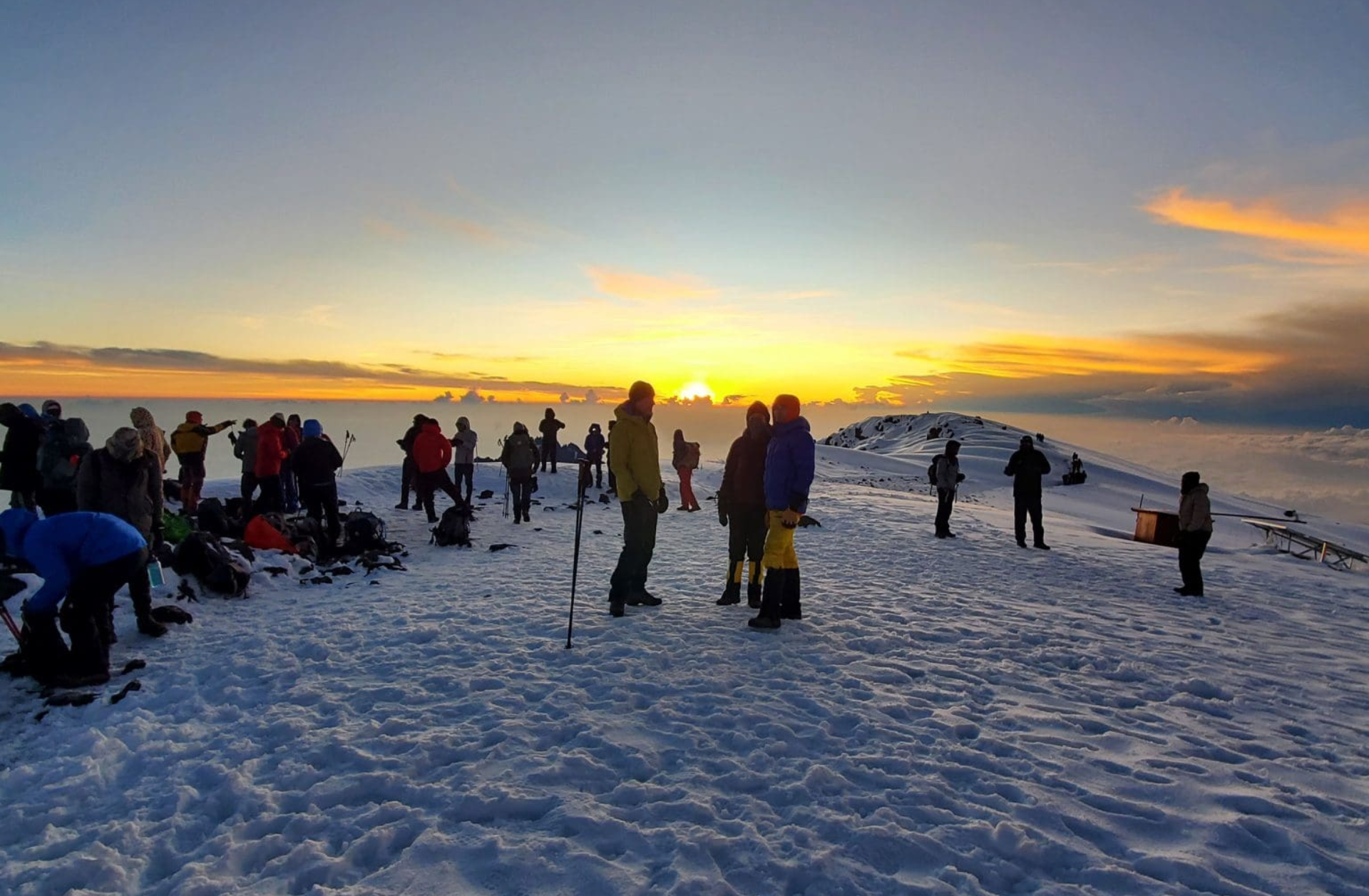
A Complete Travel Guide for Your Mount Kilimanjaro Adventure
Planning your Kilimanjaro climb goes beyond choosing a route. It’s about timing, preparation, costs, and even the food that fuels you. Our guides help you understand every detail, making your journey safe, enjoyable, and truly rewarding from start to summit.

Best Time
Discover ideal months for climbing Kilimanjaro’s stunning trails.

Climbing Cost
Learn the actual expenses behind a Kilimanjaro adventure.
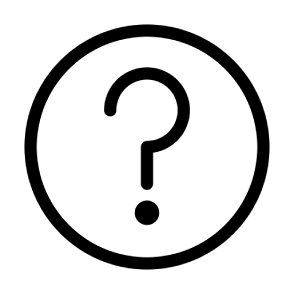
Kilimanjaro FAQs
Find quick answers to common trek preparation questions.
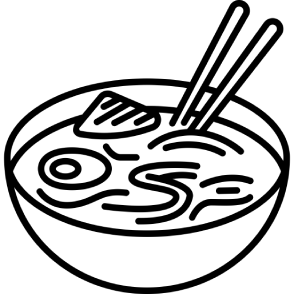
Climbing Foods
Explore the meals that fuel trekkers on the mountain.
Creating Your Dream Safari, The Way You Want it
Kingse Safaris Africa offers customized tours tailored to your needs. Everything about your trip can be altered to suit your travel style, from the activities to the schedule. Join us and design your dream journey with us!
